‘Production is increasing, just not as quickly,’ UBC study concludes
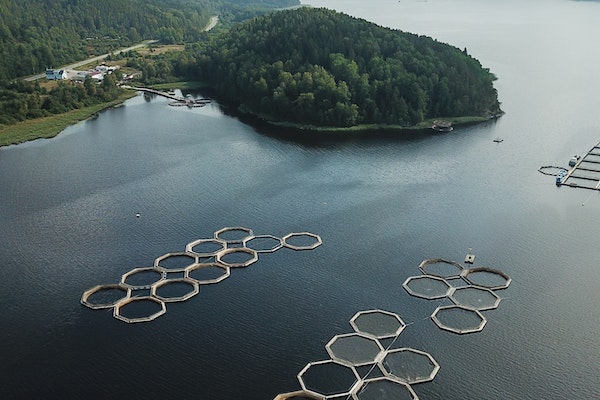
The global aquaculture growth rate peaked in 1996, according to research from the University of British Columbia (UBC), highlighting the importance of rebuilding wild fish stocks to feed future global demand. The study, published in Frontiers in Marine Science, found that if we were to rely only on aquaculture to meet the demand for seafood by 2030, the world’s production would need to grow at three times the current projected rate.
“We also projected that if the world relies solely on aquaculture to meet seafood demand, we would face a seafood shortage of about 71 million tons a year by 2030, if farmed seafood production continues growing at its current rate,” said Dr. Muhammed Oyinlola, a postdoctoral fellow in the UBC department of zoology and the Institut National de la Recherche Scientifique.
Currently, there is considerable focus on the growth rate of the seafood industry and the potential of aquaculture in solving future food security issues caused by overfishing, climate change and other factors. Calling it a “sense of over-optimism” about seafood farming and production, the researchers decided to test it using aquaculture production data from 1950 to 2018. They calculated the average growth rate for most farmed seafood species and countries around the world and found this growth has already peaked in 1996, at 14 percent, and is now in decline.
“This is the average growth rate – production is still increasing, just not as quickly,” said Dr. Rashid Sumaila, a professor in UBC’s Institute for the Oceans and Fisheries and the school of public policy and global affairs. “This is the nature of any industry: initial growth is fast, but reaches a peak and tapers off when it faces the inevitable constraints; in this case, things like adequate space, access to water, availability of fish needed to make fishmeal and so on. Leveling off doesn’t mean aquaculture is not contributing to global seafood production, it’s just not contributing as much as many are hyping it up to be.”
According to the findings, Atlantic salmon saw the biggest drop in aquaculture production growth for a species: from 314 percent prior to 1970 to just 0.9 percent in 2018. But shellfish farming also showed a downward trend.
“We were surprised to find that growth in shellfish farming is also declining, because shellfish don’t require feeding with fishmeal, so there are technically fewer barriers for farming shellfish than finfish,” said Oyinlola.
Faced with these findings, the researchers conclude that “we can’t just rely solely on aquaculture for our seafood needs.” Instead, the team highlights the need to maintain and rebuild wild fish stocks, which is “good for nature but also good for human health and food security.”
“Farmed food is usually very specialized in that very few species are farmed based on market demand,” said Oyinlola. “Without wild fish stocks, we would lose biodiversity. One result of this lack of diversity would be a loss of nutritional value for humans, as smaller fish like sardines are loaded with micronutrients, but tuna is what sells.”
“We need aquaculture, we just need to manage it wisely, and not oversell its potential,” said Sumaila.
Now that you've reached the end of the article ...
… please consider supporting GSA’s mission to advance responsible seafood practices through education, advocacy and third-party assurances. The Advocate aims to document the evolution of responsible seafood practices and share the expansive knowledge of our vast network of contributors.
By becoming a Global Seafood Alliance member, you’re ensuring that all of the pre-competitive work we do through member benefits, resources and events can continue. Individual membership costs just $50 a year.
Not a GSA member? Join us.
Author
Tagged With
Related Posts
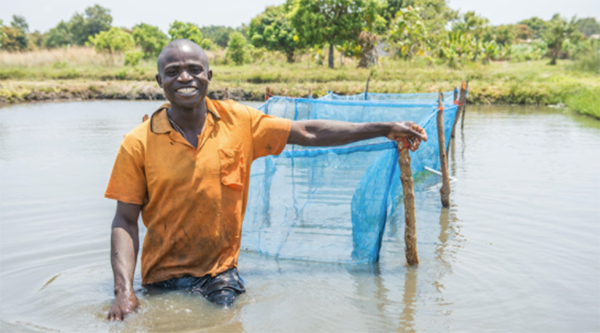
Responsibility
‘Aquaculture could feed the world,’ concludes International Labour Organization
An International Labour Organization technical meeting affirmed that aquaculture has enormous potential to feed the world, but there are challenges to harnessing its full power.
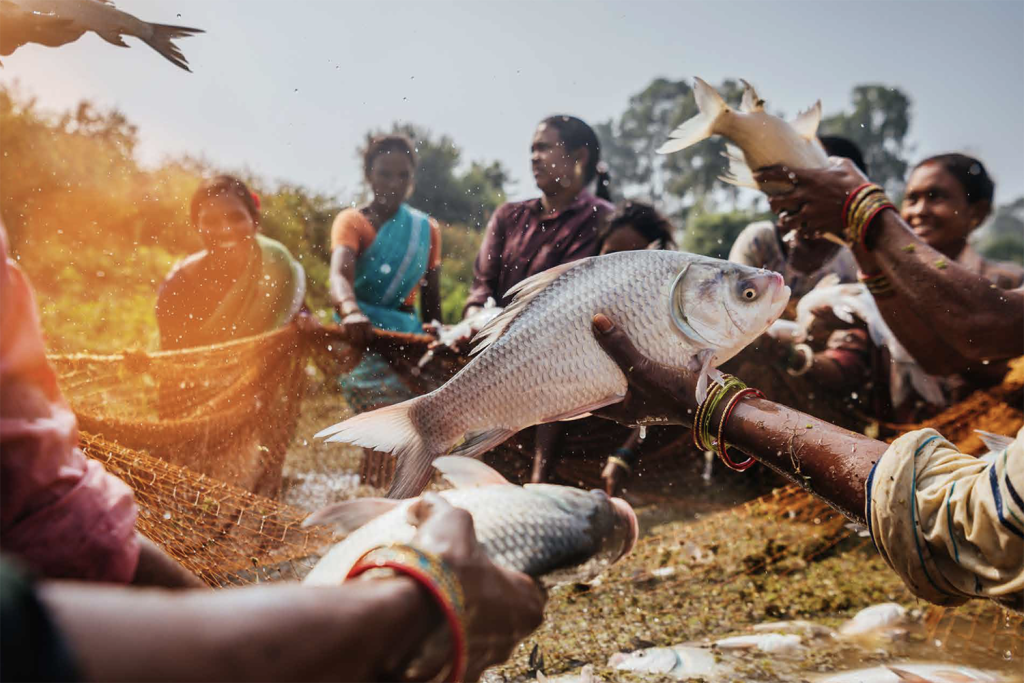
Innovation & Investment
‘They know better than men how to protect their environment and people’: How focusing on women farmers is boosting food security in India
GOAL 22: The Government of Odisha and WorldFish collaborate to boost income and food security in India by teaching women’s groups to raise carp.
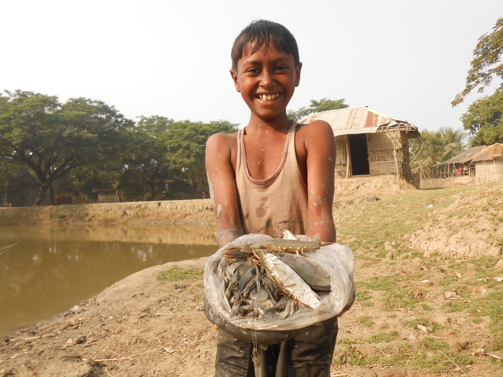
Responsibility
Prawn and shrimp farm industry ‘crucial to public health and prosperity’ in Bangladesh, study says
A new study indicates that the prawn and shrimp farm industry in Bangladesh offers local health, economic and environmental benefits.
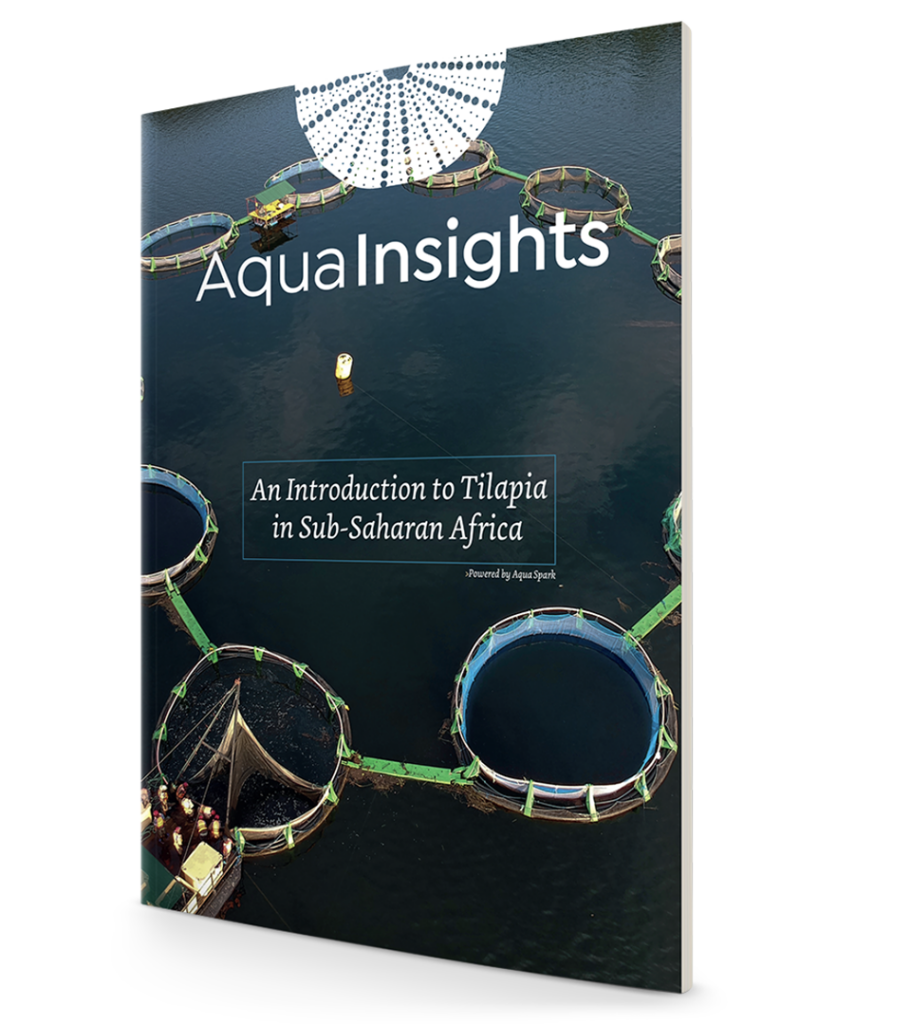
Innovation & Investment
Aqua-Spark report: Tilapia aquaculture key to food security across sub-Saharan Africa
A new Aqua Insights Report from Aqua-Spark finds that tilapia aquaculture is key to food security across sub-Saharan Africa.



